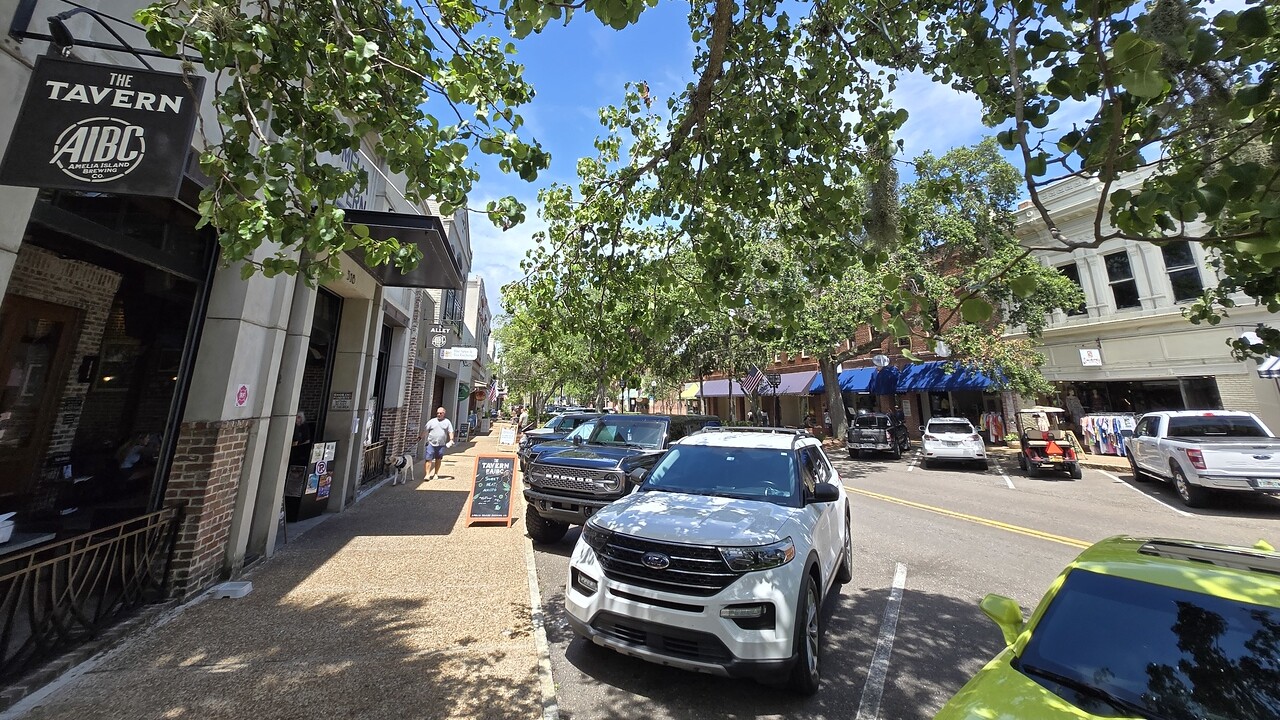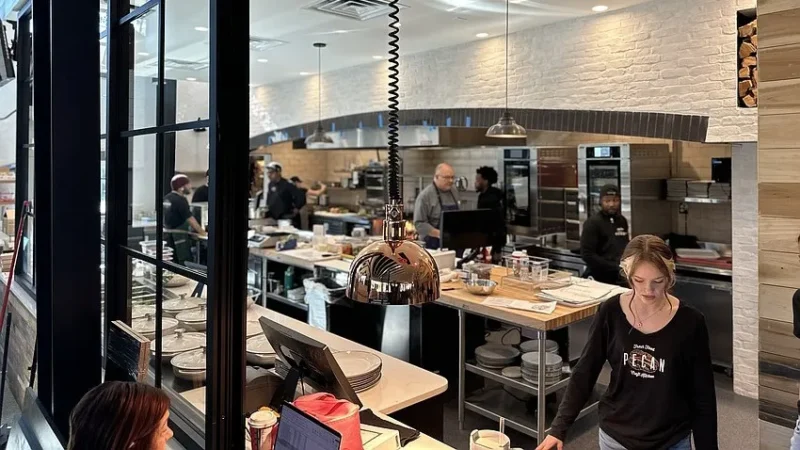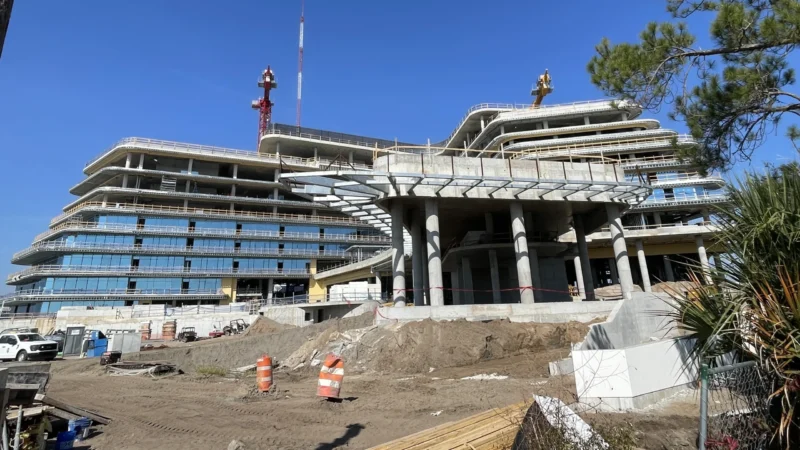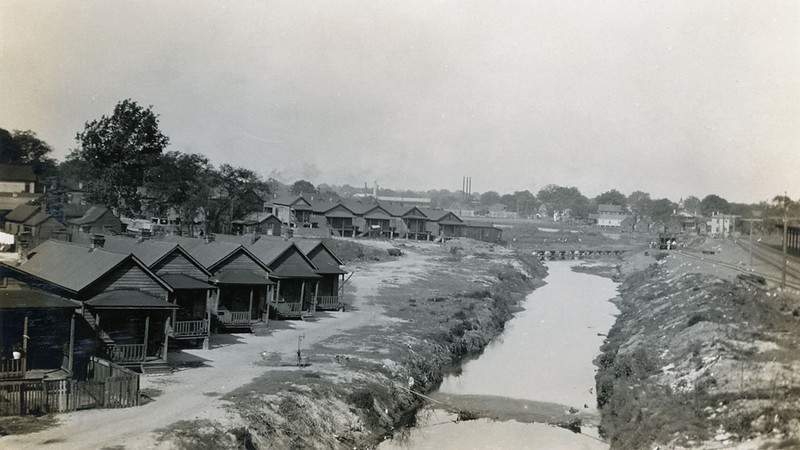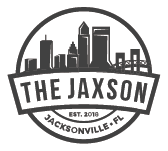
Located about 25 miles northeast of Jacksonville, Fernandina Beach is a historic city of 13,000 residents that spans the northern half of Amelia Island. Here are five fascinating facts about this vibrant walkable community.
1. The last Spanish city platted in the Western Hemisphere

Old Town, the original site of Fernandina, holds the distinction of being the last Spanish city platted in the Western Hemisphere, laid out in 1811. Surveyor George J. F. Clarke designed the town according to the 1573 Laws of the Indies, Spain’s guidelines for organizing new settlements during its colonial expansion.
At the time, Spain still controlled Florida, and Old Town was intended as a strategic barrier against U.S. territorial growth. As the closest East Coast free port to the U.S., it quickly developed a reputation as a haven for saloons, bordellos, pirates, smugglers and slave traders. Before Florida’s transfer to U.S. control, an estimated 5,000 enslaved people passed through Fernandina, bound for plantations across the American South.
On January 29, 1990, Old Town was officially listed on the U.S. National Register of Historic Places, preserving its significance as a rare and storied remnant of Spanish colonial planning.
2. Home to Florida’s most important antebellum railroad

Fernandina Beach marks the eastern end of one of Florida’s oldest railroads. Of the five rail lines built in the state before the Civil War, the Florida Railroad, running from Fernandina to Cedar Key, was the most significant, as it created a cross-state shipping route and opened vast areas for new development.
Construction on the railroad began in Fernandina Beach in 1855, led by its owner, U.S. Sen. David Levy Yulee. His ambitious vision was to link the Gulf of Mexico with the Atlantic Ocean, allowing ships to avoid the dangerous Florida Straits. The railroad was built largely by enslaved laborers and reached Cedar Key in March 1861, just weeks before the Civil War erupted.
The conflict quickly took its toll on the company. In January 1862, Union forces destroyed much of Yulee’s operations at Cedar Key. Over the following years, both Union and Confederate troops dismantled or destroyed large portions of track between Cedar Key and Fernandina Beach. Bankrupted in 1866, the line was eventually reorganized and purchased by Sir Edward James Reed in 1881.
Today, the original stretch of Yulee’s railroad still operates as part of the First Coast Railroad, a 32-mile short line freight carrier that connects with CSX Transportation and the St. Mary’s Railroad. Its main customers include the Port of Fernandina, Smurfit WestRock and Rayonier paper mills, moving goods such as chemicals, coal, forest products, metals, pulp, paper and petroleum products. The First Coast Railroad became part of Genesee & Wyoming in 2005.
3. In 1853, Fernandina moved a mile south

While Old Town still stands, Fernandina was relocated in 1853 to take advantage of David Yulee’s Florida Railroad and the tourism boom it sparked. With his line linking Florida’s deepwater ports on the Gulf of Mexico and the Atlantic Ocean, Yulee envisioned Fernandina as the “Manhattan of the South.”
He platted a new Fernandina roughly a mile south of Old Town, positioning it as the eastern shipping terminus of his railroad. The new settlement quickly thrived, drawing freebooters, pirates and smugglers. By the late 19th century, it had become one of Florida’s major ports, while Old Town gradually faded into a quiet residential neighborhood.
Today, Fernandina’s 55-block Downtown historic district boasts more than 400 buildings listed on the National Register of Historic Places. At its heart lies Centre Street, a 2-mile link from the historic waterfront to the beach, lined with a number of quaint shops, art galleries and restaurants.
4. Shrimp Capital of the World

Fernandina Beach proudly carries the title of “Shrimp Capital of the World” as the birthplace of the modern shrimping industry.
The transformation began in 1902 when Sallecito Salvador, a Sicilian immigrant living in Fernandina Beach, pioneered a new shrimping method. By equipping his boat with a small horsepower engine, Salvador generated enough power to drag a shrimp seine across the ocean floor in deeper waters. Four years later, in 1906, he launched his own business, S. Salvador & Sons.
The industry truly took off in 1913 when newcomer Capt. Billy Corkum introduced the otter trawl for shrimping. This innovation allowed fishermen to work in deeper waters and target areas where shrimp were most abundant, dramatically increasing yields.
Shrimping remained Nassau County’s leading industry until the Great Depression. At its peak, Fernandina was home to a bustling processing plant that serviced more than 130 shrimp boats. However, in recent decades, the rise of imported farmed shrimp has led to a steep decline in the once-thriving local industry.
5. A port with a colorful past

The Port of Fernandina is a deepwater port with a storied and often colorful past. During the American Revolution, it became the scene of one of the largest mass migrations in the New World, as thousands of Loyalists fled from the northern states to British-controlled Florida.
When the U.S. outlawed the transatlantic slave trade in 1807, Fernandina, still under Spanish rule, emerged as the closest “East Coast free port” to U.S. territory. The town quickly became a haven for slave traders, smugglers and pirates, its docks bustling with illicit commerce.
The arrival of the Florida Railroad transformed the port into a major shipping hub, at one point ranking as the busiest port in Florida. During the Spanish American War, it served as a key base for transporting military supplies to Cuba.
Today, the Port of Fernandina remains a vital part of the city’s working waterfront. It provides terminal services to pulp and paper producers across Florida and the Southeast, handles steel exports for regional mills and supports independent container lines serving destinations such as Colombia, Ecuador, the Dominican Republic, Haiti, Jamaica, Aruba, Curaçao, and Bermuda.



